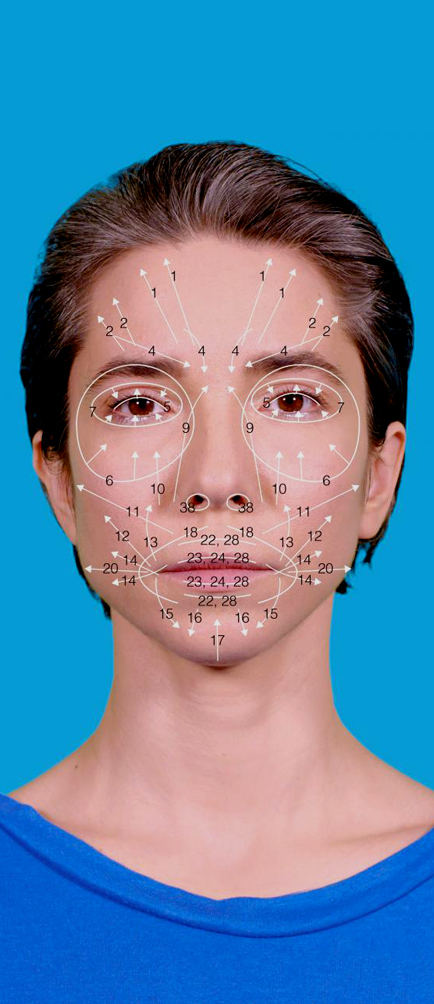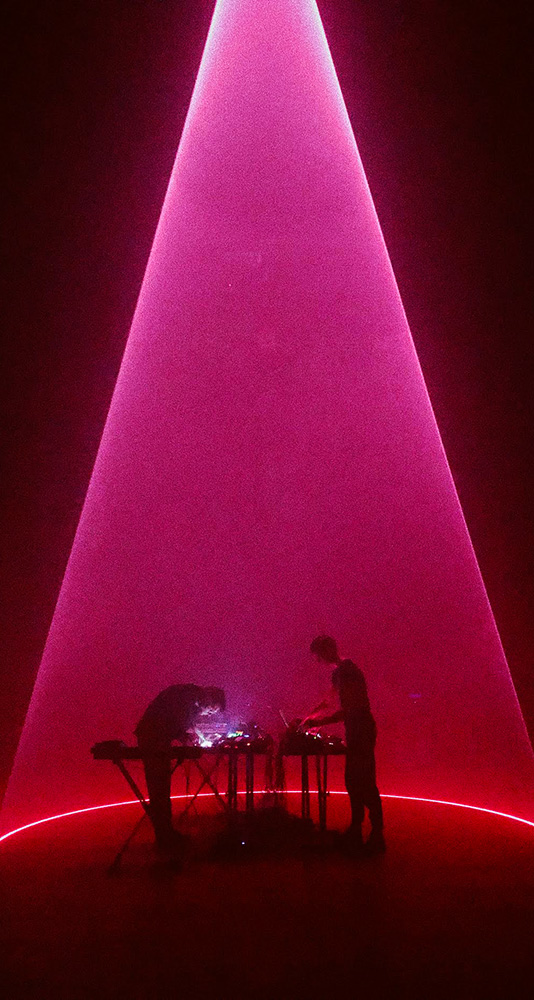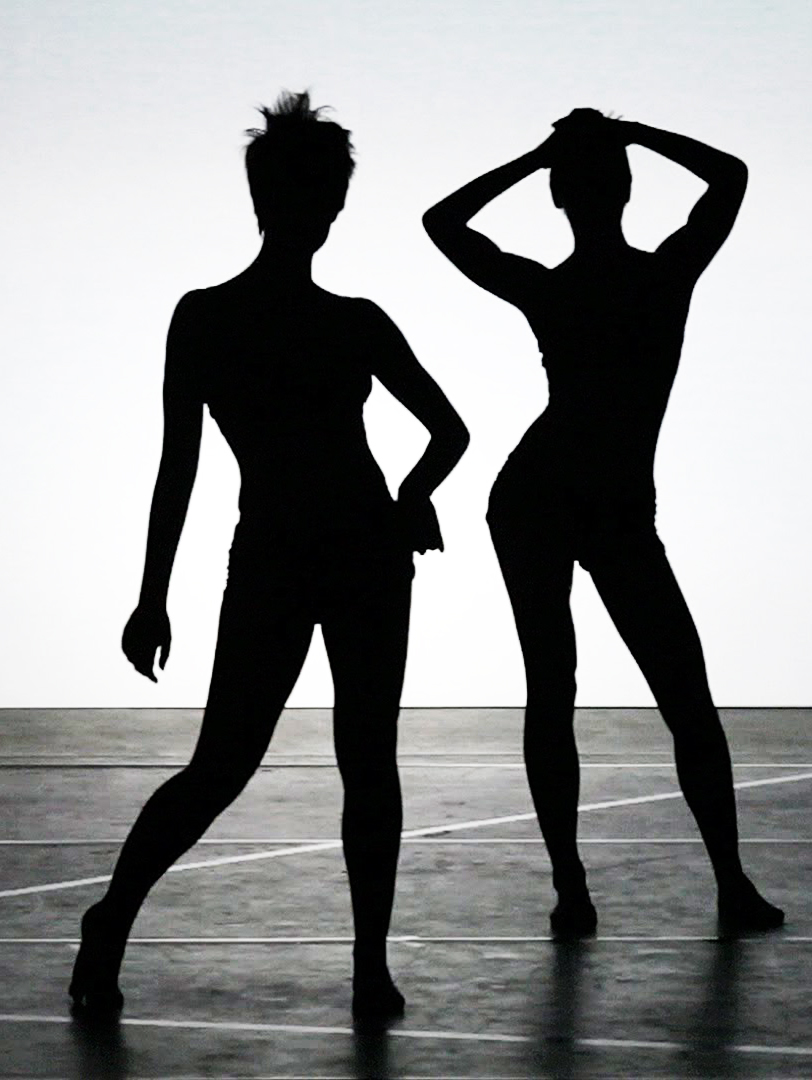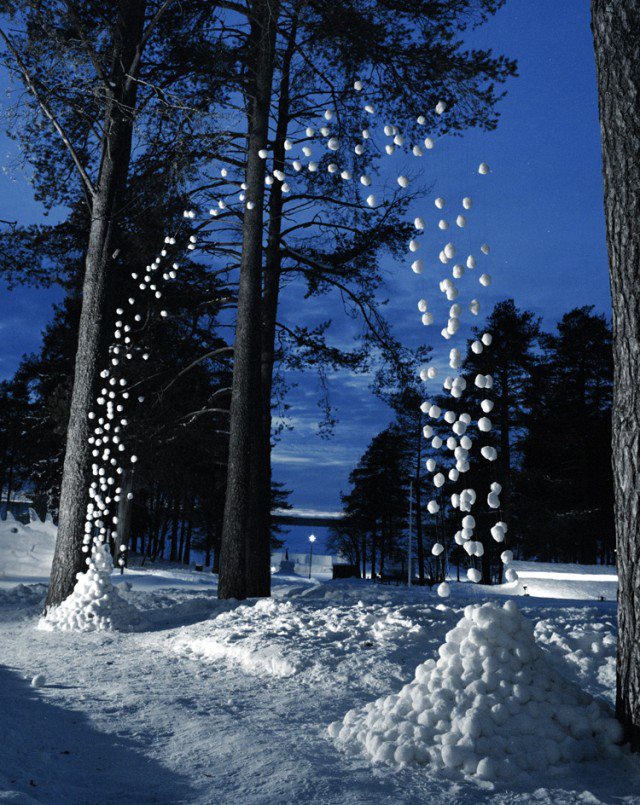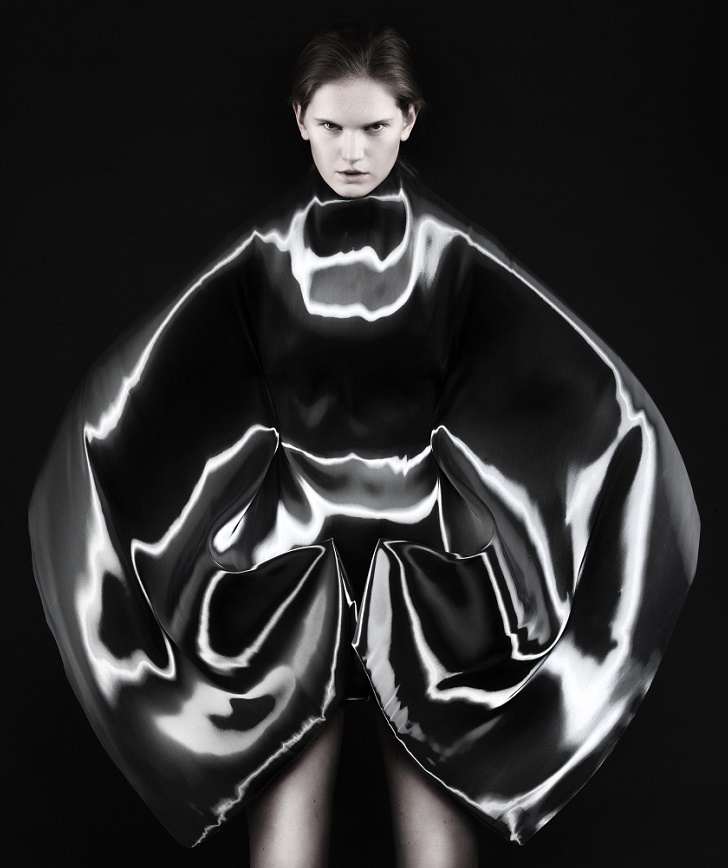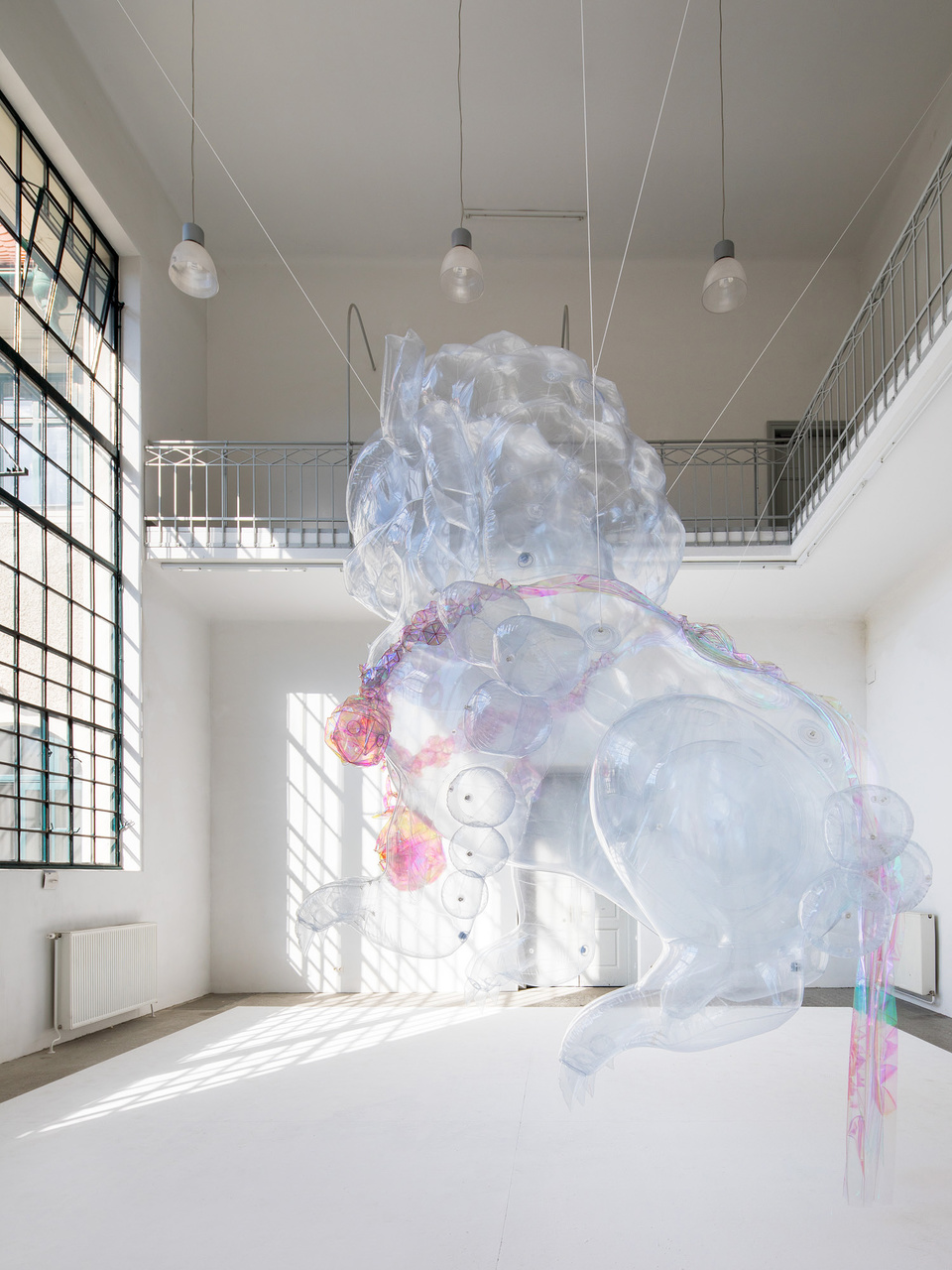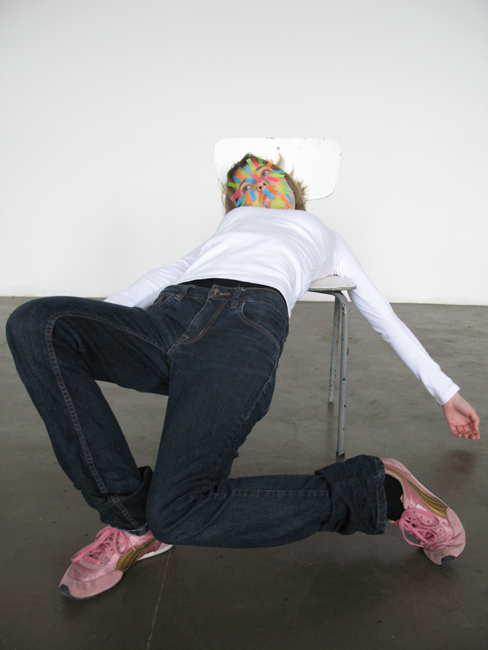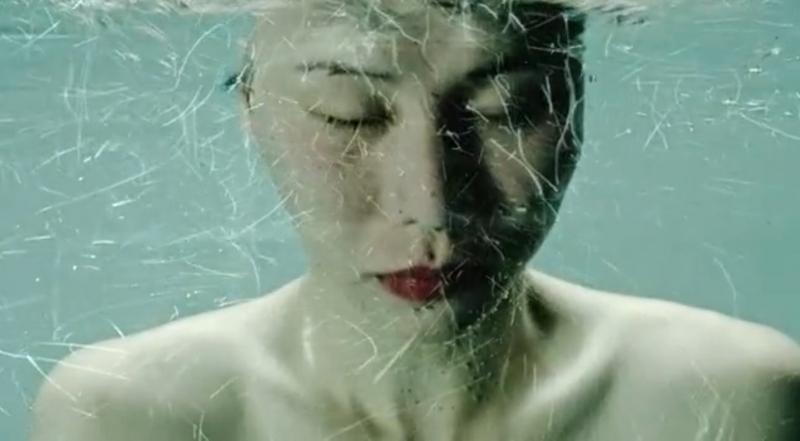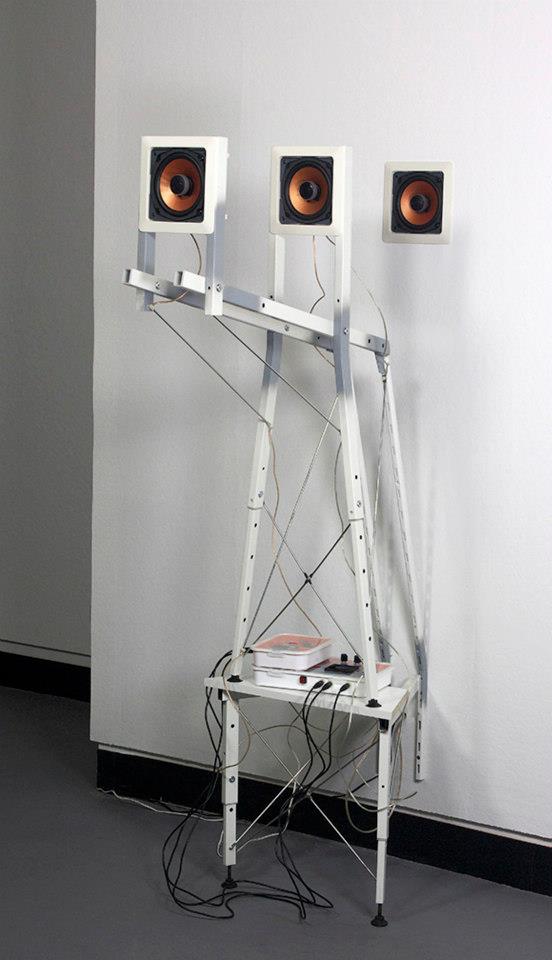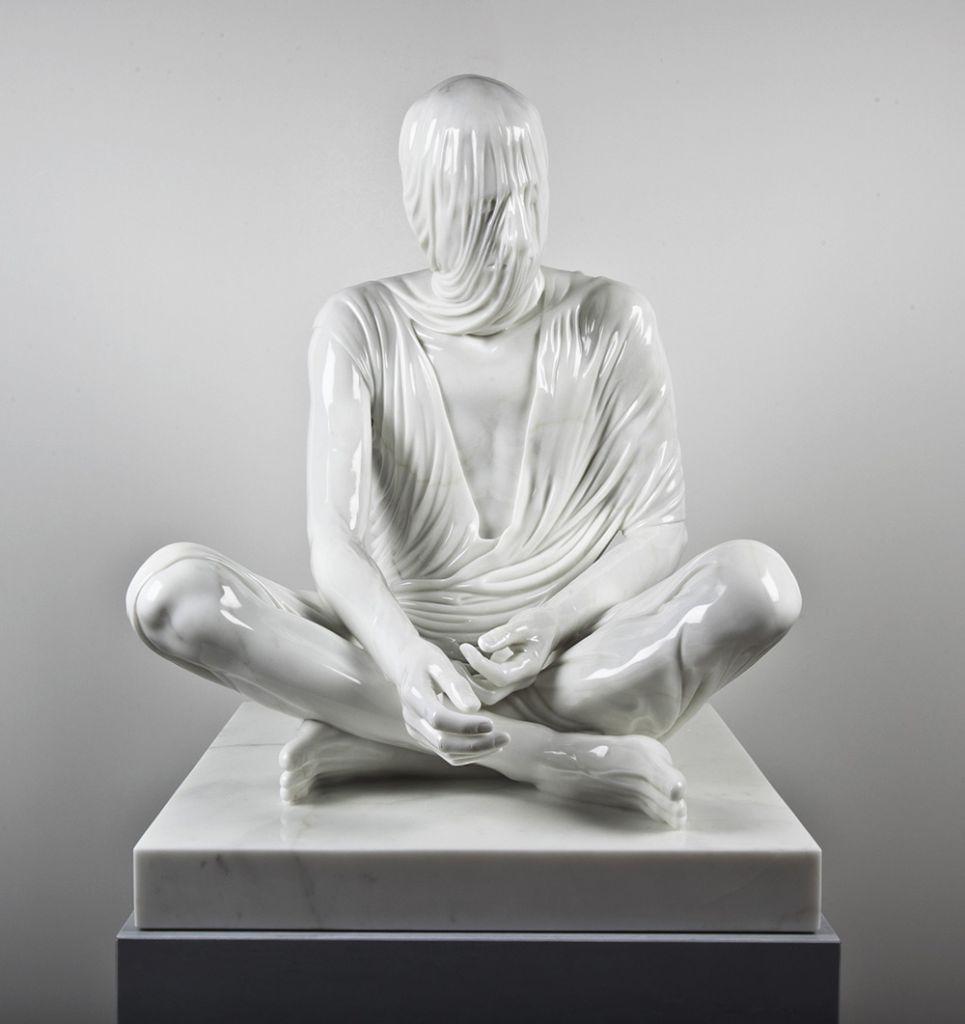LLuvia interactiva / Rain interactive
Había una vez una piscina y un equipamiento deportivo que desaparecieron por la avaricia. Dijeron que iban a remplazarlos por algo más grande, limpio y moderno pero el dinero se esfumó y en su lugar quedó un solar vacío lleno de escombros. Los vecinos de la zona lograron recuperar ese espacio de forma temporal para convertirlo en un lugar para el ocio, eventos culturales y jugar al baloncesto. Había nacido un experimento vecinal que pasó a llamarse El campo de cebada en el barrio de La latina, en Madrid.Actualmente sigue allí pero falta la piscina, un hecho que luzinterruptus no ha querido que se olvide. El pasado mes de mayo el colectivo artístico presentó lluvia profiláctica que no moja durante una noche, una instalación lumínica que desplegaron en El campo de cebada.
Bastaron 800 condones “extragrandes y extrafuertes”, pequeñas luces en su interior y agua azul “para convertirlos en grandes gotas, con tacto y forma de pecho de silicona, muy agradables de palpar y apretar. Con ellos creamos un espacio cúbico, delimitado por gotas suspendidas en las que uno se podía sumergir y acariciar, escuchando el suave sonido del agua moviéndose”, explican en su web.“Gracias a la magia de la luz y el agua, conseguimos convertir 800 vulgares preservativos en un refugio sensorial y relajante, apto para todos los públicos”
El proyecto es una continuación de una instalación que realizaron el año pasado en el mismo lugar en el que, según dicen, recordaban “la experiencia de la piscina con envases reciclados”.“El agua volvió a llevarnos a este espacio, anteriormente ocupado por una piscina pública y que desde hace dos años sirve de plaza pública a vecinos y artistas que trabajan de manera desinteresada para darle vida”.Los poderes políticos en Madrid han declarado que buscan inversores para construir un centro comercial en el Mercado de la cebada. A cambio, afirman que tendrán que costear la construcción del nuevo polideportivo, algo que no convence a estos artistas.“Desgraciadamente, la voluntad política pronto hará de él un mercado de lujo y ocio para turistas con alto poder adquisitivo, dejando el uso deportivo que tanto necesita el barrio reducido al mínimo y, desde luego, lejos del alcance económico de los vecinos de la zona”.

